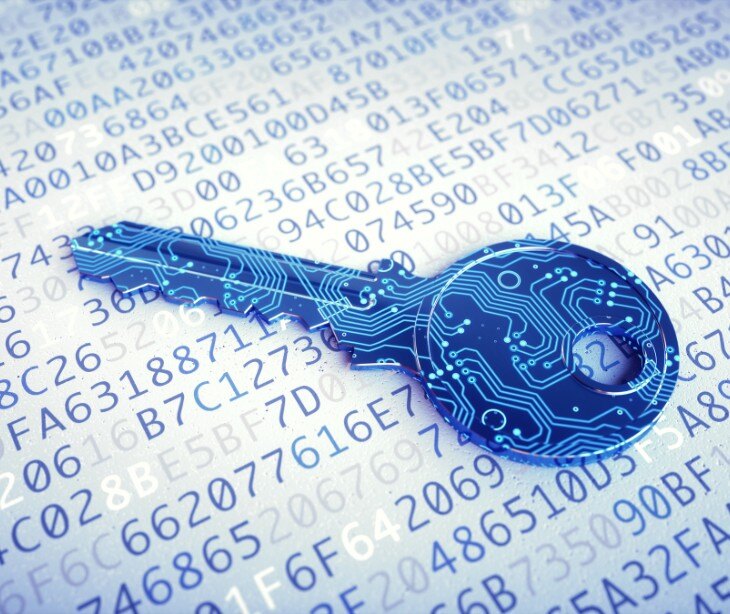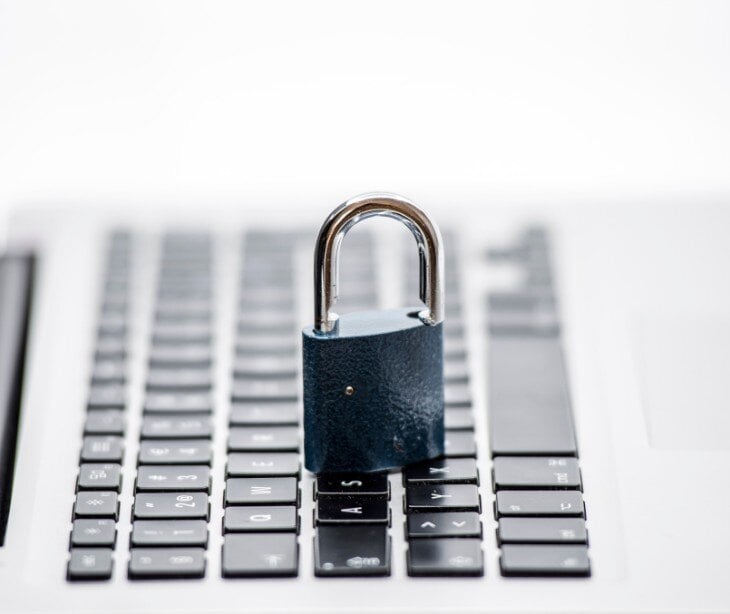%20-%202024-11-21T214428.791.jpg)
Rivest-ShamirAldeman (RSA) is one of the most widely used security methods for protecting sensitive information. Named after its inventors, Ron Rivest, Adi Shamir, and Leonard Adleman, this encryption system helps secure data, particularly when sending information over the internet or between different computer systems.
Go deeper: Encryption at rest: what you need to know
How RSA works
RSA is a type of public-key cryptography, which means it uses two keys: a public key and a private key. The public key is used to encrypt data, making it unreadable to anyone who intercepts it. The private key, which is kept secret, is used to decrypt the data, turning it back into its original form. This dual-key system allows for secure data transmission, as only the intended recipient with the private key can access the encrypted information.
Related: Differences between encryption and hashing
Applications in healthcare
In the healthcare sector, RSA is used to protect sensitive patient information and ensure secure communications. Common applications include:
- Securing email communications: When healthcare providers send emails containing patient data, RSA encrypts the content using the recipient's public key. This ensures that even if the email is intercepted during transmission, it remains unreadable to unauthorized parties. Only the intended recipient, who possesses the corresponding private key, can decrypt and read the email, maintaining the confidentiality of patient information.
- Protecting patient portals: Patient portals are online platforms where patients can access their health records and communicate with healthcare providers. RSA secures these portals by encrypting data exchanges between the user's device and the server. This encryption ensures that sensitive information, such as medical history and test results, is protected from unauthorized access during transmission, providing patients with a secure and private experience.
- Digital signatures: RSA is used to create digital signatures, which verify the authenticity and integrity of digital documents. When a healthcare provider signs a document digitally, RSA generates a unique signature using the provider's private key. Recipients can then use the provider's public key to verify that the document has not been altered since it was signed, ensuring the document's authenticity and trustworthiness.
Go deeper: Rules for HIPAA compliant email communications
Benefits and limitations
RSA provides strong security for data in transit and verifies sender identities through digital signatures, making it a reliable choice for protecting sensitive information. However, it is computationally demanding due to its use of large keys and complex operations, which can slow down systems, especially with large data volumes.
To address this, RSA is often used to encrypt small data, like keys for other encryption methods. Keys need to be managed securely to maintain security and detect unauthorized access by:
- Generating keys safely
- Storing private keys in secure places like hardware security modules
- Limiting access
- Rotating keys regularly
- Ensuring secure backups
FAQs
What are encryption keys?
Encryption keys are strings of data used in cryptographic systems to encrypt and decrypt information. They are essential for transforming readable data into an unreadable format and back again.
Why are keys important in encryption?
Keys maintain the security of encrypted data. They determine how data is scrambled and unscrambled, ensuring that only authorized individuals can access the information.
What is data encryption?
Data encryption is a security method that converts readable information into a scrambled format that can only be decoded with the correct key.
Go deeper: What is encryption?


%20(1)-1.jpg)

